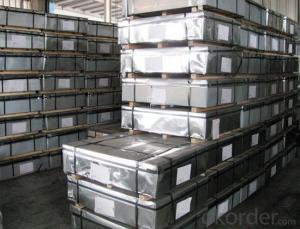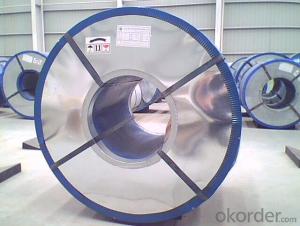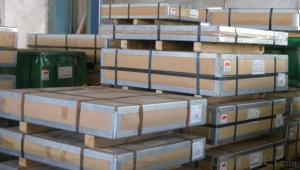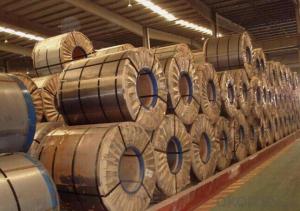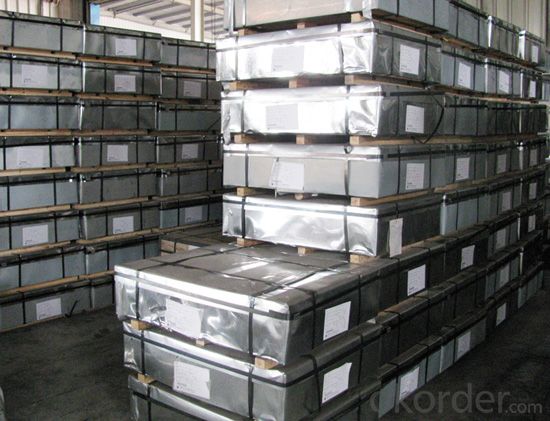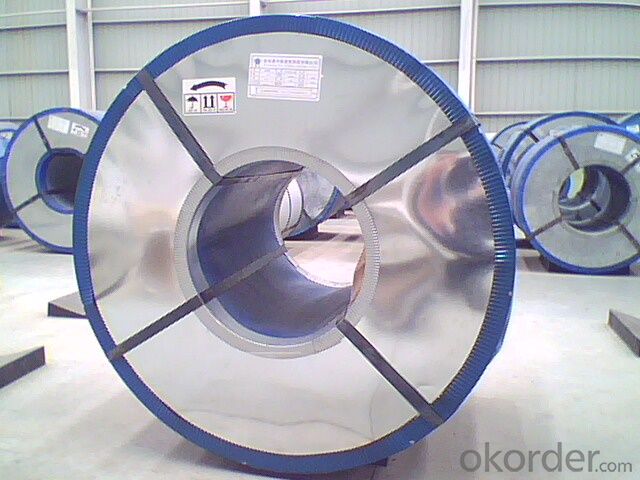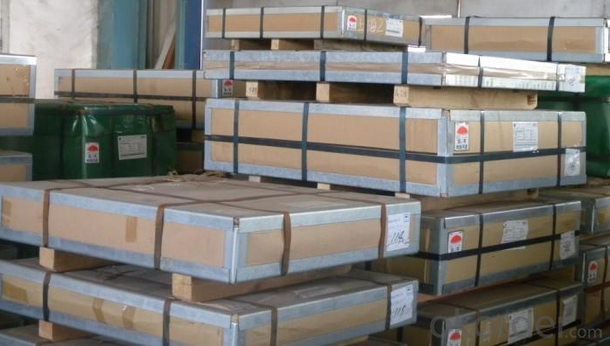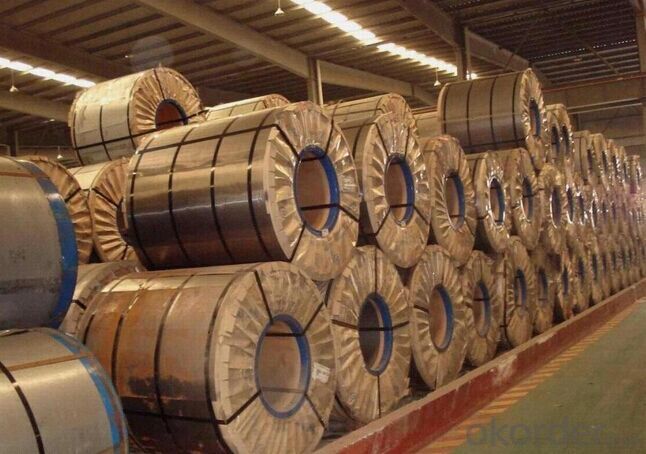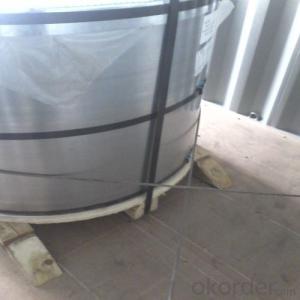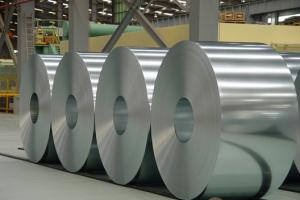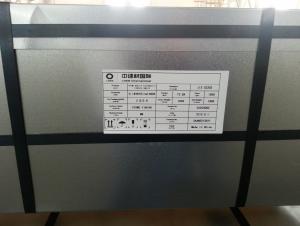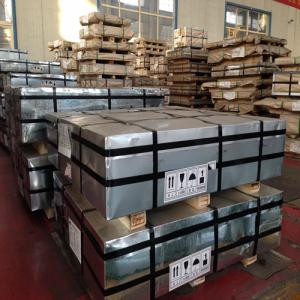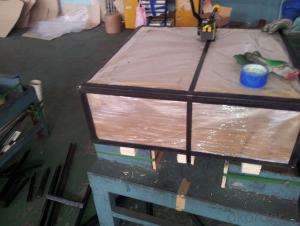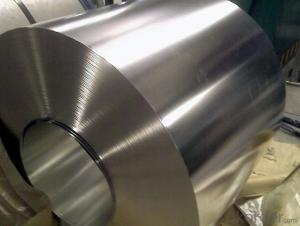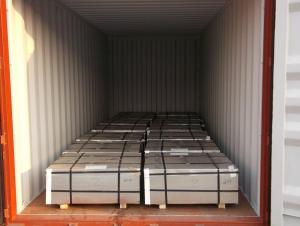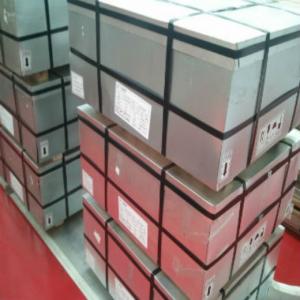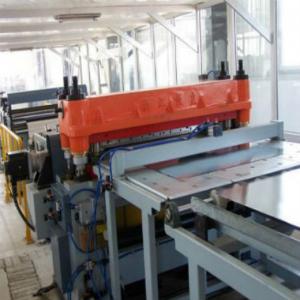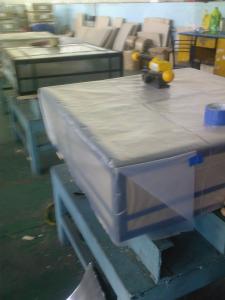Tinplate in Sheets and Coils for Cans Packing
- Loading Port:
- Tianjin
- Payment Terms:
- TT OR LC
- Min Order Qty:
- 25 m.t
- Supply Capability:
- 7000 m.t/month
OKorder Service Pledge
OKorder Financial Service
You Might Also Like
1.Structure of Electrolytic Tinplate in Sheets and Coils for Cans Packing Description
Due to Tinplate packaging`s good seal, nature, dark, robustness and unique decorative metal charm, it has a wide range of coverage in the packaging container industry,and common international packaging varieties. With a variety of CC tinplate material, DR materials, chrome plated and constantly enrich and promotion and development of packaging products and technology, tinplate packaging has promoted with innovation.
Because of its strong antioxidant and diverse styles, beautifully printed, tinplate containers are very popular and loved by customers, and they are widely used in food packaging, pharmaceutical packaging, commodity packaging, instrumentation, packaging, industrial packaging and so on.
With the continuous improvement of tinplate printing technology and processing technology, tinplate packaging has developed more widely.
2.Main Features of the Electrolytic Tinplate in Sheets and Coils for Cans Packing
Appearance – Electrolytic Tin Plate is characterized by its beautiful metallic luster. Products with various kinds of surface roughness are produced by selecting the surface finish of the substrate steel sheet.
Paintability and printability – Electrolytic Tin Plates have excellent paintability and printability. Printing is beautifully finished using various lacquers and inks.
Formability and strength – Electrolytic Tin Plates have got very good formability and strength. By selecting a proper temper grade, appropriate formability is obtained for different applications as well as the required strength after forming.
Corrosion resistance – Tinplate has got good corrosion resistance. By selecting a proper coating weight, appropriate corrosion resistance is obtained against container contents. Coated items should meet 24 hour 5 % salt spray requirement.
Solderability and weldability – Electrolytic Tin Plates can be joined both by soldering or welding. These properties of tinplate are used for making various types of cans.
Hygienic – Tin coating provides good and non toxic barrier properties to protect food products from impurities, bacteria, moisture, light and odours.
Safe – Tinplate being low weight and high strength makes food cans easy to ship and transport.
Eco friendly – Tinplate offers 100 % recyclability.
Tin is not good for low temperature applications since it changes structure and loses adhesion when exposed to temperatures below – 40 deg C.
3.Electrolytic Tinplate in Sheets and Coils for Cans Packing Images
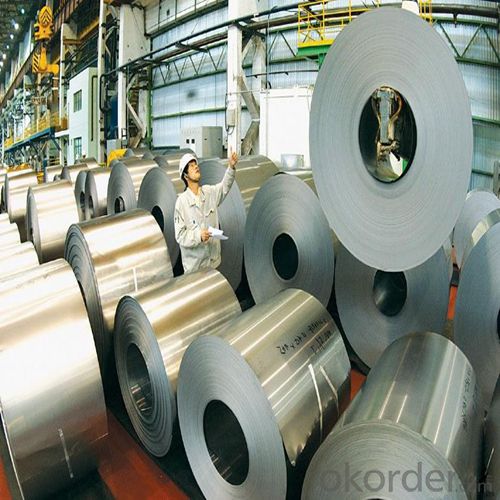
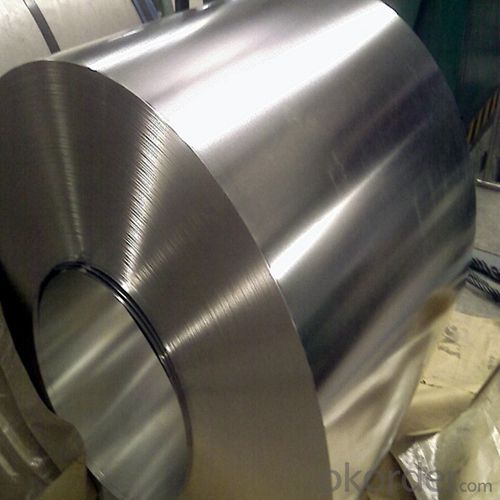
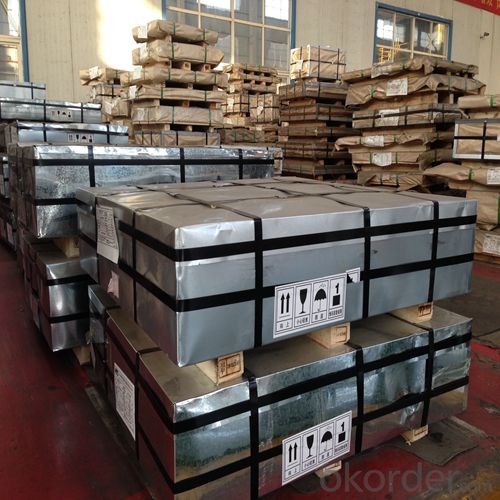
4.Electrolytic Tinplate in Sheets and Coils for Cans Packing Specification
Standard | ISO 11949 -1995, GB/T2520-2000,JIS G3303,ASTM A623, BS EN 10202
|
Material | MR,SPCC |
Thickness | 0.15mm - 0.50mm |
Width | 600mm -1150mm |
Temper | T1-T5 |
Annealing | BA & CA |
Coil Inner Diameter | 508mm |
Weight | 6-10 tons/coil 1~1.7 tons/sheets bundle |
Passivation | 311 |
Oil | DOS |
Surface | Finish,bright,stone,matte,silver |
5.FAQ of Electrolytic Tinplate in Sheets and Coils for Cans Packing
- How are the Electrolytic Tin Plates specified?
The Electrolytic Tin Plates are specified as per the steel base, extent of tempering, the coating weight, annealing method and the surface finish.
- How many types there are for base steels?
The base steels are of three types: Type MR, L, D
- Q: How does tinplate affect the recyclability of mixed-material packaging?
- Tinplate can have a positive impact on the recyclability of mixed-material packaging. Tinplate is highly recyclable and can be easily separated from other materials during the recycling process. This allows for efficient recycling of tinplate components in mixed-material packaging, contributing to overall sustainability efforts.
- Q: What are the main applications of tinplate in the chemical industry?
- Tinplate is primarily used in the chemical industry for packaging purposes. It is commonly employed for the production of containers, cans, and drums used for storing various chemicals. Tinplate offers excellent corrosion resistance, ensuring the integrity and safety of the chemicals being stored. Additionally, its versatility allows for easy printing and customization of containers, making it a preferred choice for branding and labeling purposes in the chemical industry.
- Q: What are the advantages of using tinplate for electrical enclosures?
- There are several advantages to using tinplate for electrical enclosures. Firstly, tinplate is highly resistant to corrosion, which helps protect the sensitive electrical components inside the enclosure from moisture and other environmental factors. Secondly, tinplate offers excellent electrical conductivity, ensuring efficient flow of electricity and minimizing any potential interference or loss. Additionally, tinplate is a lightweight material, making it easier to handle and install. Lastly, tinplate is also recyclable, making it an eco-friendly choice for electrical enclosures.
- Q: Can tinplate be used for packaging luxury goods?
- Yes, tinplate can be used for packaging luxury goods. Tinplate is a versatile material that offers excellent durability, strength, and corrosion resistance. It is also highly customizable, allowing for luxurious finishes such as embossing, metallic effects, and high-quality printing. Additionally, tinplate's premium appearance and classic appeal can enhance the brand image and value of luxury goods.
- Q: What are the main challenges in tinplate printing?
- The main challenges in tinplate printing include achieving consistent and accurate color reproduction, managing ink adhesion on the curved and smooth surface of tinplate, preventing smudging or scratching during handling and transportation, and ensuring durability and resistance to corrosion. Additionally, maintaining high efficiency and productivity in the printing process while adhering to environmental regulations is also a significant challenge.
- Q: How does tinplate contribute to food safety?
- Tinplate contributes to food safety by providing a protective barrier between the food and the metal surface, preventing any interaction that could potentially contaminate or alter the taste of the food. Additionally, tinplate is resistant to corrosion, ensuring the integrity of the packaging and preventing any unwanted substances from entering the food.
- Q: What are the different methods of sealing tinplate containers?
- There are several methods of sealing tinplate containers, including soldering, crimping, and using peel-off lids. Soldering involves melting a metal alloy to create a hermetic seal. Crimping uses a machine to fold the edges of the container and lid together tightly. Peel-off lids are sealed by a layer of adhesive that is peeled off before use.
- Q: What is the tin plated iron?
- Galvanized iron. Daily necessities with tin. Such as boxes, pipes, etc..Tinplate: tin plated iron. Generally used in food packaging. Canned goods.
- Q: Can tinplate be recycled with other metals?
- Yes, tinplate can be recycled with other metals. Tinplate is typically made from steel coated with a thin layer of tin, and both steel and tin can be recycled. When tinplate is recycled, it is usually separated from other materials and processed separately to recover the steel and tin content.
- Q: How does tinplate contribute to the safety of toys?
- Tinplate contributes to the safety of toys by providing a protective coating that prevents direct contact between the toy and any potentially harmful substances. This coating acts as a barrier against corrosion, ensuring that the toy remains safe and free from any toxic materials that may be present in the metal or paint used. Additionally, tinplate is durable and resistant to damage, reducing the risk of children being exposed to sharp edges or broken pieces.
Send your message to us
Tinplate in Sheets and Coils for Cans Packing
- Loading Port:
- Tianjin
- Payment Terms:
- TT OR LC
- Min Order Qty:
- 25 m.t
- Supply Capability:
- 7000 m.t/month
OKorder Service Pledge
OKorder Financial Service
Similar products
Hot products
Hot Searches
Related keywords
